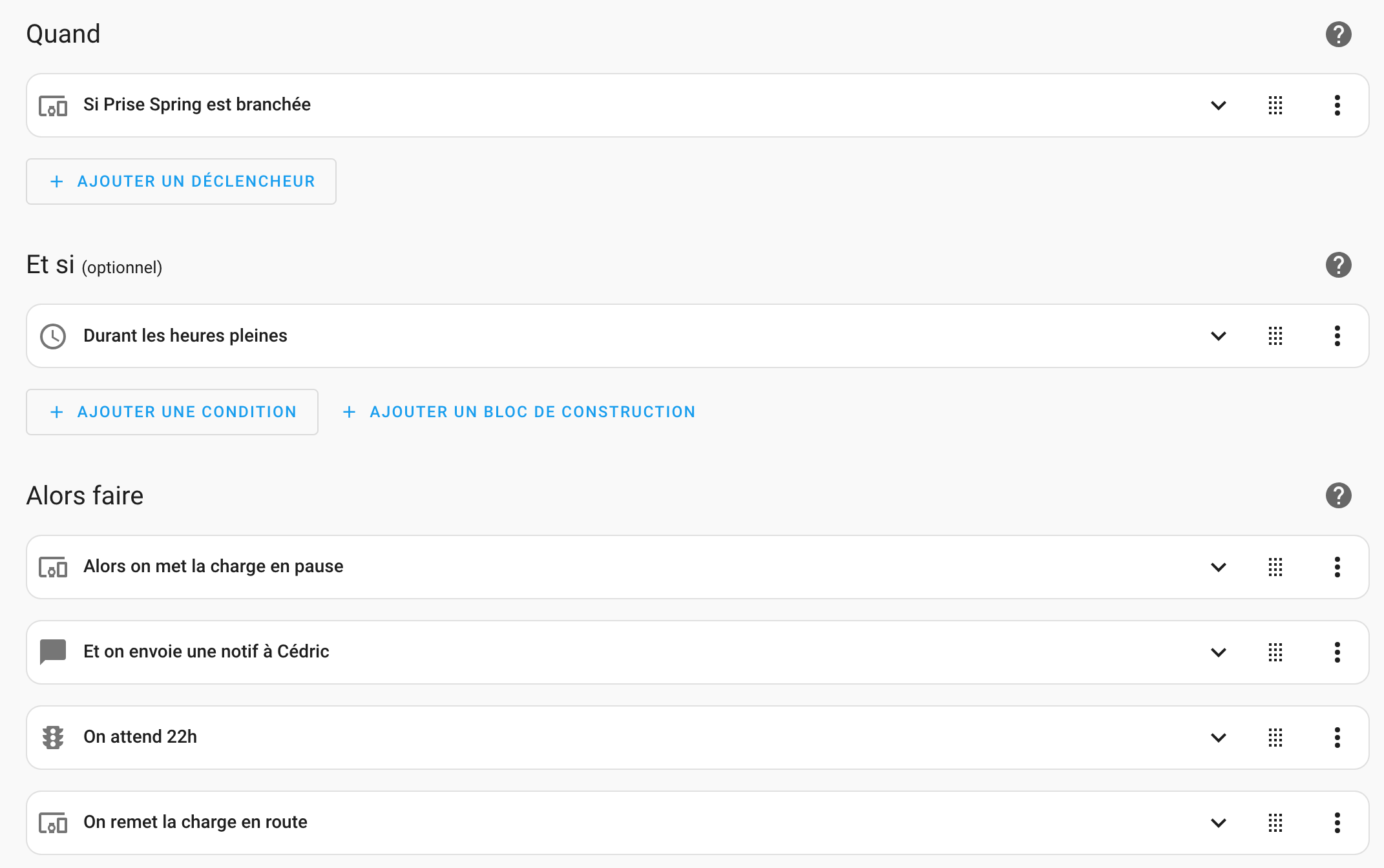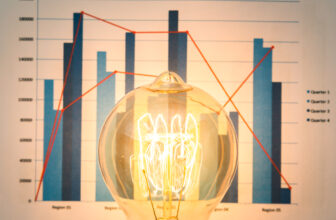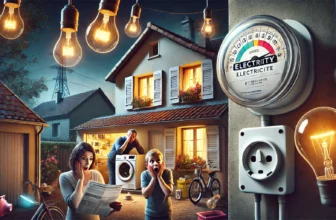Okay, let's not beat around the bush any longer: 2025 will be a pivotal year for peak/off-peak rate subscribers. RTE (the French electricity grid manager) had discussed it, EDF and others have been working on it… and there it is, it's validated. Your precious off-peak hours—the ones that allow you to run a washing machine without worrying about your bill—are going to change. And frankly, these are not small adjustments! So sit back and relax, we'll decipher all this in relaxation mode.
Why a reorganization of off-peak hours?
You've probably felt it: the energy transition is underway (no, this is not a hidden political slogan, I promise). With the rise of renewable energies, the energy landscape is changing. Solar, wind, hydroelectric… These green energy sources, as fantastic as they are, do not necessarily produce when we need them most. Electricity, on the other hand, cannot be stored with the snap of a finger. So to avoid tensions on the network without building an army of additional power plants, it was necessary to move the lines.

And moving the lines is precisely adjusting this famous peak/off-peak pricing to make it a more useful tool than a simple memo “don't forget to program the dishwasher before bed”. The idea? To encourage consumers (all of us, basically) to consume electricity when it costs the least to produce.
It makes sense, after all. If solar energy is at its best in the middle of the day, why concentrate off-peak hours between 10pm and 6am? Ah, you see where we're going with this! And that's where everything gently changes.
The new time slots: what will change?
Currently, for many subscribers, off-peak hours are in a classic slot, often at night. Practical for those who like to hear the gentle hum of the dryer before falling asleep, but not very consistent with network demand spread out over the day. From February 2025, this somewhat rigid concept will explode to make way for more diverse schedules.
Please note that each supplier will be free to adapt its time zones according to its production fleet and the region where you live (Good evening Brittany and its enthusiastic winds; hello South and its rays of solar glory!). The ranges may therefore vary from one contract to another, but with an overall tendency to include quiet periods of the day, often between 10 a.m. and 4 p.m.
Can you imagine the change in the schedule of energy-hungry appliances? The washing machine in the middle of your lunch break, that's a bit of the future that we are being painted. And personally, if it's to help stabilize the network and save a few euros, we buy.
How to take advantage of these new off-peak hours without any hassle?
We know that the idea of adapting your consumption habits to different time slots than the ones you know can be more intimidating than fun. But stay with us — it doesn't require an internal revolution, just a few adjustments.
To start, if your hot water tank or your household appliances are not yet programmable, it may be time to think seriously about it. An automation option (timer or connected equipment) will literally change your life. Cutting-edge appliances have become very accessible, and frankly, it's the kind of investment that quickly pays for itself. For example, imagine that each washing machine program during the day saves you a few euros over the year. Without realizing it, over 12 months, that's a Netflix subscription or a good raclette with friends, right?
Then, take a look at your energy management apps. In recent years, technology has simplified our lives, and in this respect, it's no exception. Many tools allow you to visualize your consumption and better understand the actual ranges of your future off-peak hours directly from your smartphone (practical and a bit fun, as a bonus).

If, after reading us, you are finally equipped with a home automation system, you will just need to review the scenarios a little to adjust the time slots controlling the start-up of the water heater, the car recharge, the washing machines, etc.
Good news for the wallet (and the planet)
What is exciting in all this time mishmash is that there is a real desire to connect the environmental and economic benefits. By shifting our energy consumption to times when it is produced at a lower cost, we help to optimize resources (long live wind turbines running at full speed!) and we limit the use of fossil power plants during peaks. Double victory, right?
The energy suppliers themselves are slowly aligning, which means less administrative headaches and more harmonization in the years to come. For the moment, you just have to wait to be officially informed of the schedules of your electricity supplier to be able to put all this in place quietly. In short, change validated, and with a little organization, it is all your management of domestic electricity that could move to a higher level. We monitor the press releases of each supplier to know precisely the adjusted slots… and in the meantime, remember one thing: small actions, big impacts. Your next fresh laundry of the day could save a few kilowatt hours (and ease the strain on yet another coal-fired power plant). To your washing machines, get set, go!






Please remain courteous: a hello and a thank you cost nothing! We're here to exchange ideas in a constructive way. Trolls will be deleted.